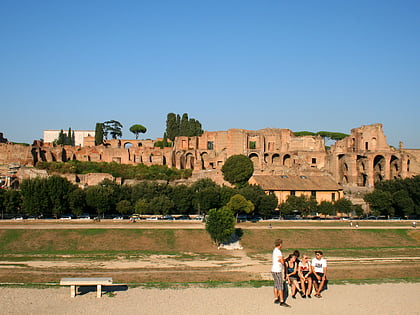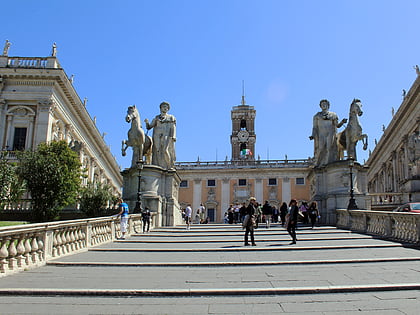Museo Palatino, Rome
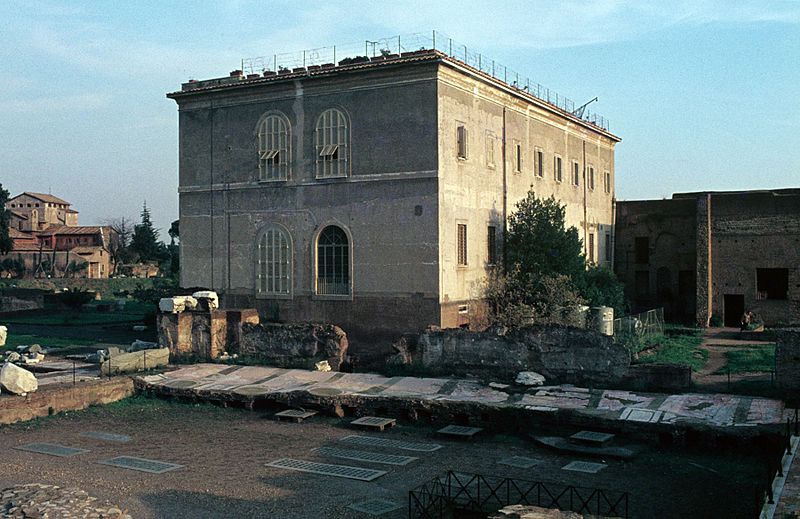
Facts and practical information
The Museo Palatino, nestled in the heart of Rome, Italy, is a treasure trove for those fascinated by ancient history and archaeology. Situated on the Palatine Hill, one of the most ancient parts of the city, the museum offers an in-depth look into the lives of Rome's former emperors and aristocracy.
A visit to the Museo Palatino transports guests back to the origins of Rome, with the Palatine Hill being the mythical location where Romulus founded the city in 753 BC. The museum itself is housed within the Domus Flavia, a part of the grand imperial palace complex that dates back to the 1st century AD. Within its walls, the museum displays an impressive collection of artifacts, sculptures, frescoes, and mosaics that have been excavated from the Palatine Hill and its surroundings.
The museum's collection provides insights into the lavish lifestyles of Rome's elite, with exhibits showcasing intricate jewelry, fine tableware, and decorative pieces that adorned the palatial homes of the time. One of the highlights of the museum is the collection of ancient frescoes and mosaics, offering a glimpse into the artistic talents that flourished in the Roman Empire.
Visitors can also explore the structural remains of the palaces and learn about the architectural innovations that were developed during the period. The museum's layout is designed to take tourists on a chronological journey through Rome's history, from the Iron Age huts to the opulent palaces of the emperors.
The Palatine Museum is not just a repository of artifacts; it is an educational experience that provides context to the ruins and remnants visible on the Palatine Hill. As tourists walk through the museum and the surrounding archaeological site, they can imagine the grandeur that once stood in place of the ruins.
For those planning a trip to Rome, the Museo Palatino is a must-visit. It's a perfect complement to the nearby Colosseum and Roman Forum, offering a quieter but equally enriching historical experience. The museum is typically open to the public every day, though it's advisable to check the latest visiting hours and ticket information before planning your visit.
CampitelliRome
Museo Palatino – popular in the area (distance from the attraction)
Nearby attractions include: Roman Forum, Arch of Constantine, Domus Augustana, Circus Maximus.
Frequently Asked Questions (FAQ)
Which popular attractions are close to Museo Palatino?
How to get to Museo Palatino by public transport?
Bus
- S. Gregorio • Lines: 118, 51, 673, 75, 81, 85, 87, C3, n10, n11, n2, n2;nMB (5 min walk)
- Cerchi/Bocca della Verità • Lines: 118, 160, 51, 628, 81, 85, 87, C3 (6 min walk)
Tram
- Parco Celio • Lines: 3, 8 (7 min walk)
- Aventino/Circo Massimo • Lines: 3, 8 (9 min walk)
Metro
- Colosseo • Lines: B (9 min walk)
- Circo Massimo • Lines: B (9 min walk)
Ferry
- Isola Tiberina • Lines: Battelli di Roma (15 min walk)
- Ponte Cavour (33 min walk)
Light rail
- Roma Porta San Paolo • Lines: Fc2 (24 min walk)
- Roma Termini • Lines: Fl6, Fl7 (31 min walk)
Train
- Roma Termini (31 min walk)
- Roma Trastevere (39 min walk)
Trolleybus
- Volturno/Cernaia • Lines: 90 (34 min walk)
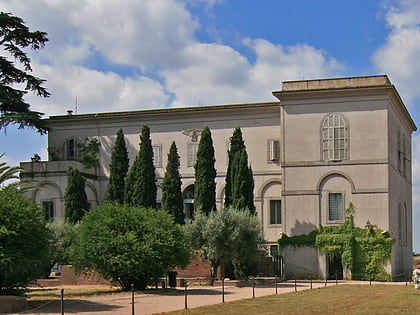

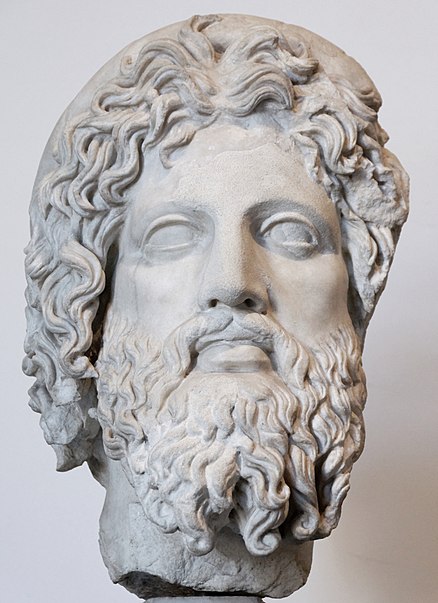
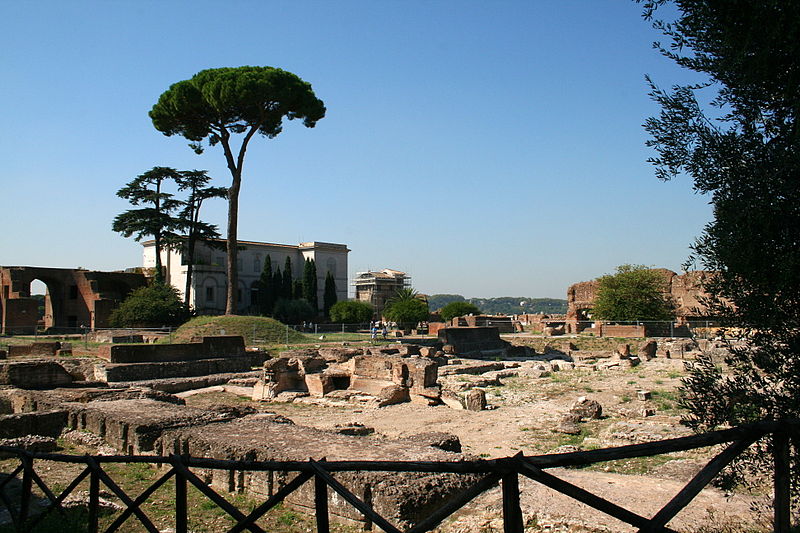
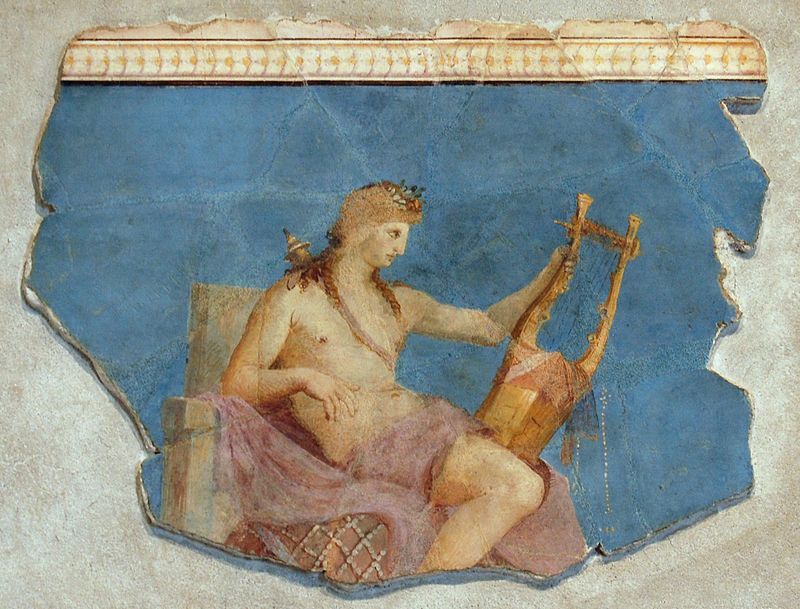
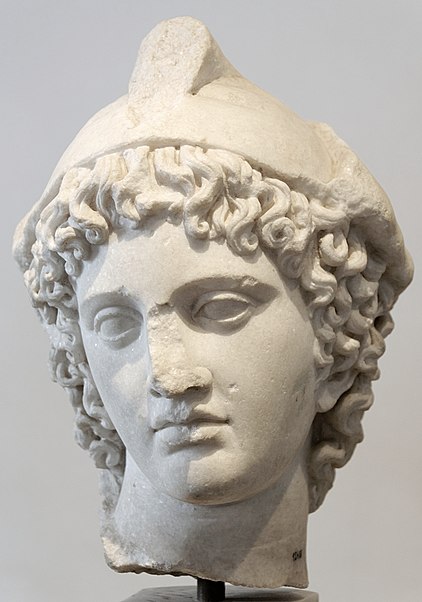
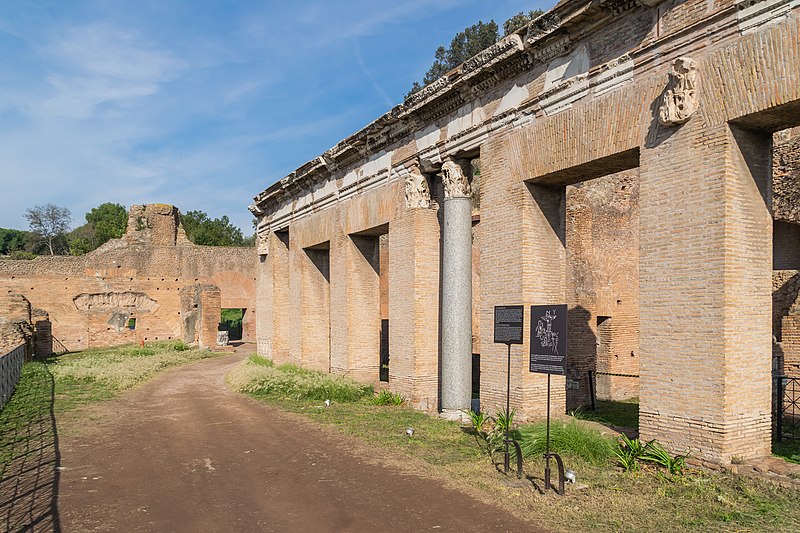

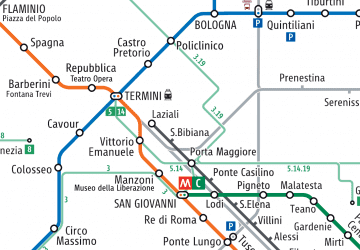 Metro / Tram / Rail
Metro / Tram / Rail








